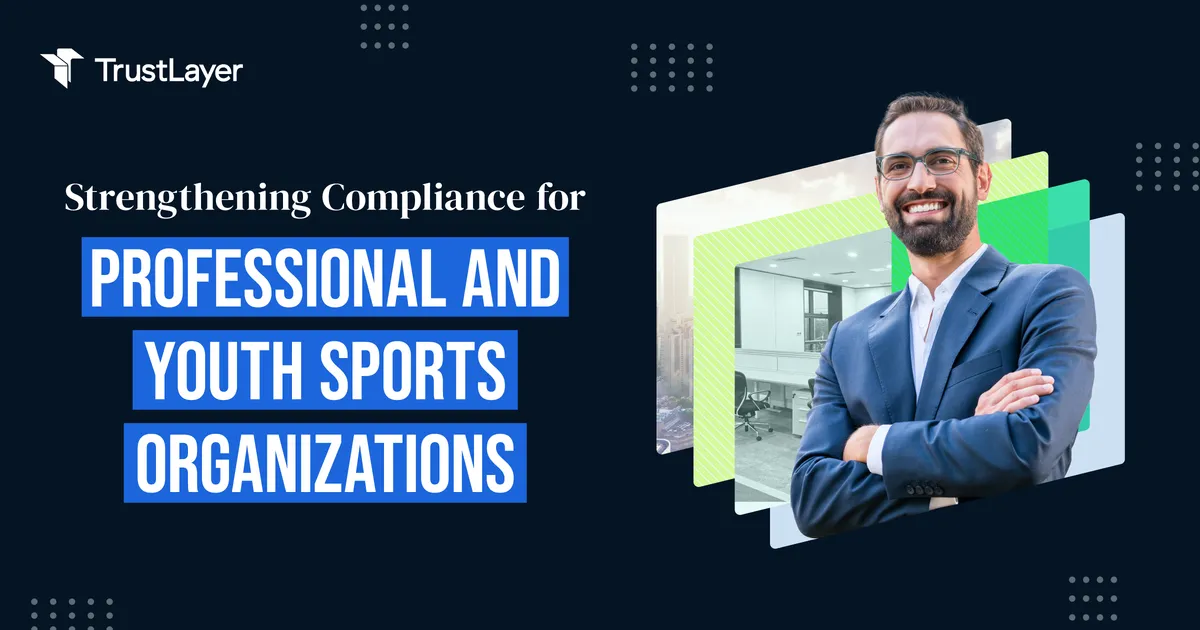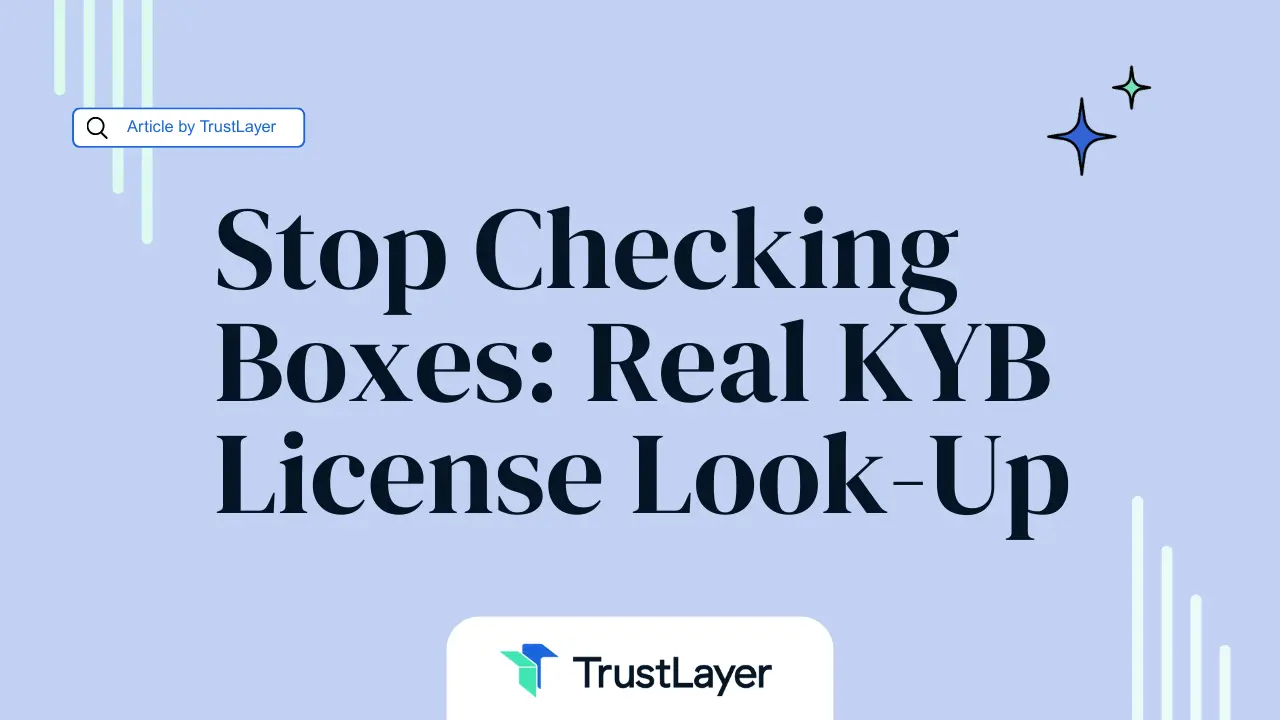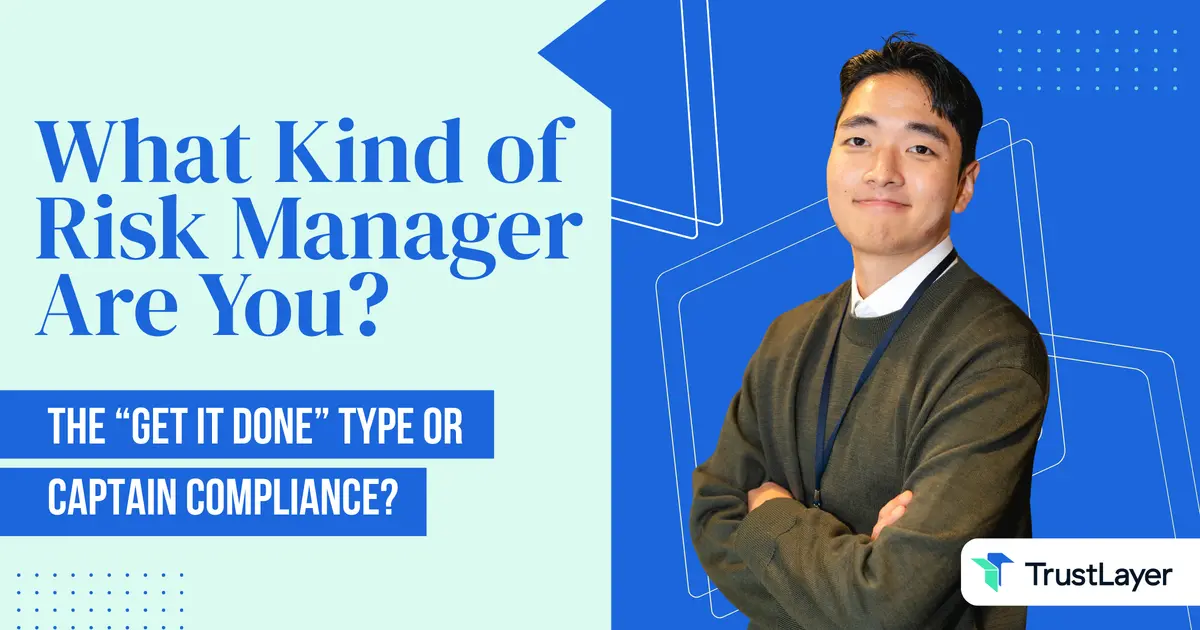Strengthening Compliance for Professional and Youth Sports Organizations

Compliance in sports is not merely a regulatory necessity but a critical component of ensuring safety and trust for players, coaches, and the sporting community. The sports environment is becoming increasingly complex, particularly for youth and professional organizations, making robust compliance measures vital. In this article, we explore various aspects of compliance, risk exposure, the essential role of insurance, and practical steps to fortify compliance programs for sports organizations.
Understanding Risk Exposure in Youth and Professional Sports
The world of sports is fraught with various risks that can affect athletes, coaches, and organizations at an unprecedented rate. The spectrum of professional and youth sports risks can be overwhelming, from physical injuries to financial liabilities.
Youth sports, while often seen as a safe environment for development and fun, can expose organizations to significant risks ranging from injury claims to parental consent issues. Legal obligations and potential financial repercussions compound the responsibilities of managing young athletes. Any lapse in compliance can lead to dire consequences for the organization and the individuals involved. For instance, organizations must ensure that all coaches are properly trained in safety protocols and first aid procedures to mitigate the risk of injury. Additionally, they must maintain accurate parental consent forms and health information records, which can be crucial in an emergency.
Professional sports, on the other hand, face heightened scrutiny due to their public visibility and commercial stakes. Teams and organizations must navigate contract negotiations, sponsorship deals, and broadcasting rights while ensuring compliance frameworks are in place to manage associated risks effectively. This multifaceted risk landscape necessitates a deep understanding of the unique challenges posed to both youth and professional sports. Furthermore, the financial implications of mismanagement in professional sports can be staggering; a single injury to a star player can impact team performance and lead to significant losses in ticket sales, merchandise revenue, and sponsorship deals. The pressure to protect athletes from physical and reputational damage is immense, making risk management an essential component of any successful sports organization.
Why Insurance Compliance is Essential for Coaches, Trainers, and Athletes
Insurance compliance is not just a backend administrative task; it is a frontline necessity that can ensure the well-being of everyone involved in sports. For coaches and trainers, insurance compliance protects against liability claims arising from coaching decisions, training practices, or accidents during practices or games.
For athletes, having the proper insurance coverage and understanding its implications can mean the difference between financial stability and overwhelming personal debt due to injuries or accidents. Youth athletes are particularly vulnerable as they may not fully comprehend the risks associated with their participation in sports.
Furthermore, organizations must ensure that insurance policies are current and reflect the activities and risks in their specific sports. Regular reviews and coverage updates safeguard individuals and enhance the organization's overall credibility in the eyes of parents, sponsors, and the community.
In addition to protecting against physical injuries, insurance compliance encompasses coverage for mental health issues that can arise from the pressures of competition. Coaches and trainers increasingly recognize the importance of mental well-being, and having appropriate insurance can provide access to necessary resources, such as counseling and psychological support. This holistic approach not only aids in recovering injured athletes but also fosters a healthier sports environment where mental health is prioritized alongside physical performance.
Moreover, the sports sports landscape continually evolves, with new activities and technologies that can introduce unique risks. For instance, the rise of extreme sports and high-tech training equipment necessitates specialized insurance policies that address these specific challenges. By staying informed about industry trends and adapting their insurance strategies accordingly, coaches, trainers, and organizations can better protect themselves and their athletes from unforeseen circumstances, ensuring a safer and more supportive athletic experience for all involved.
The Risks of Manual Tracking: Administrative Errors and Coverage Gaps
Reliance on manual tracking of insurance compliance and risk management can lead to severe administrative errors that expose organizations to significant risks. Mistakes such as missed renewals, lack of documentation, and inaccurate record-keeping can create substantial coverage gaps.
These gaps mean that organizations may be unprotected during a crisis—an injury, accident, or other incident—leading to financial losses and legal issues. Manual processes are often prone to human error; a simple oversight can have monumental repercussions. With multiple stakeholders involved—from athletes to parents, coaches, and administrative staff—the complexity increases the likelihood of errors.
Additionally, many organizations may not fully understand the intricacies of their policies, leading to instances where they believe they are covered when, in fact, they are not. This lack of understanding highlights the importance of investing in systems that ensure accurate tracking of compliance and risk management metrics.
Moreover, the consequences of administrative errors extend beyond immediate financial implications. Organizations may face reputational damage that can take years to recover from, affecting relationships with sponsors, community members, and potential new participants. Stakeholders' trust in an organization can be severely undermined if they perceive a lack of diligence in managing risks and compliance. Furthermore, regulatory bodies often impose penalties for non-compliance, which can add another layer of financial strain, particularly for smaller organizations that may already be operating on tight budgets.
As technology evolves, organizations can access many digital tools to streamline tracking and reporting processes. Implementing automated systems can significantly reduce the potential for human error, ensuring that all necessary documentation is up-to-date and easily accessible. These systems can also provide real-time alerts for renewals and compliance deadlines, allowing organizations to manage their risk proactively rather than reactively address issues as they arise. By embracing these technological advancements, organizations safeguard themselves against potential liabilities and foster a culture of transparency and accountability that can enhance their overall operational efficiency.
How COI Automation Helps Ensure Policy Validity and Reduce Risks
Certificate of Insurance (COI) automation has emerged as a game-changer in the compliance landscape for sports organizations. By automating the tracking and management of COIs, organizations can significantly reduce the risks associated with manual monitoring and administrative errors.
One primary benefit of COI automation is that it ensures real-time visibility into policy details, expiration dates, and coverages. This foresight allows organizations to avoid insurance lapses that could jeopardize their compliance status. Moreover, automated systems can send alerts for upcoming renewals or required updates, ensuring all stakeholders are aware and proactive about their coverage.
Furthermore, COI automation contributes to creating a culture of accountability within organizations. When transparent and well-tracked, compliance processes encourage system-wide participation and ensure that everyone adheres to the necessary regulations and best practices. Ultimately, this leads to a much safer environment for athletes of all ages.
In addition to enhancing accountability, COI automation streamlines the onboarding process for new vendors and partners. By integrating automated systems, organizations can quickly verify that all necessary insurance documents are in place before any contracts are signed. This expedites the process and mitigates the risk of engaging with parties that may not have adequate coverage, thereby protecting the organization from potential liabilities. Accessing a centralized database of COIs also simplifies audits and compliance checks, making it easier to demonstrate adherence to insurance requirements during inspections or evaluations.
Moreover, the data collected through COI automation can provide valuable insights into an organization’s insurance landscape. Organizations can make informed decisions about their insurance needs by analyzing trends in coverage types, costs, and claims and negotiate better terms with providers. This analytical approach enhances financial efficiency and empowers organizations to tailor their risk management strategies more effectively. As a result, sports organizations can optimize their resources while ensuring that they remain compliant and well-protected against unforeseen events.
Steps to Establish a Stronger Compliance Program for Sports Organizations
Building a robust compliance program is a multifaceted approach that requires careful planning, execution, and ongoing evaluation. The following steps can help sports organizations strengthen their compliance frameworks:
- Conduct a Risk Assessment: Identify potential risks in your specific sports environment. This may involve consultations with legal and insurance experts.
- Develop Comprehensive Policies: Establish clear, written policies that cover all aspects of compliance—from insurance coverage to safety protocols.
- Educate and Train Staff: Provide training for coaches, trainers, and administrative staff on compliance requirements and ensure they understand their responsibilities.
- Implement Technology Solutions: Leverage technology for COI automation and other tracking tools to minimize human error and enhance real-time monitoring.
- Regularly Review and Update: Conduct frequent reviews of your compliance program to ensure it adapts to changing regulations and evolving risks in the sports landscape.
By following these steps, sports organizations can create a proactive compliance culture that protects the individuals involved and enhances the organization's reputation and credibility in the sporting community.
In addition to the steps above, fostering a culture of transparency and accountability is crucial. This involves encouraging open communication where staff and athletes feel comfortable reporting concerns or violations without fear of retaliation. Establishing a whistleblower policy can further support this initiative, ensuring that all organization members understand the importance of compliance and their role in maintaining it. Moreover, regular town hall meetings or workshops can discuss compliance issues, share best practices, and reinforce the organization’s commitment to ethical conduct.
Furthermore, engaging with external stakeholders, such as governing bodies and community organizations, can provide additional insights into compliance best practices and emerging trends. Collaborating with these entities can help sports organizations stay ahead of regulatory changes and enhance their compliance efforts. Participating in industry conferences and training sessions can also offer valuable networking opportunities, allowing organizations to learn from the experiences of others and implement innovative solutions tailored to their unique challenges.
As you consider the steps to establish a more vigorous compliance program for your sports organization, remember that the right technology can make all the difference. TrustLayer is at the forefront of transforming risk management with our best-in-class certificate of insurance (COI) tracker. Designed for the modern risk manager, TrustLayer simplifies the verification of compliance documents, turning a traditionally slow and manual process into a seamless, automated one. Join the hundreds of thousands of companies that have already chosen to collaborate on vendor document management with TrustLayer and take the first step toward a more efficient and secure future. Don't let administrative burdens hold your organization back. Set up a time to talk with our team and discover how TrustLayer can enhance your compliance efforts today.














